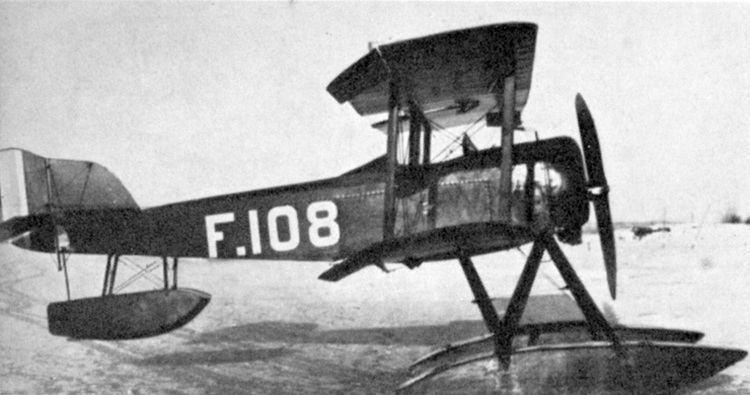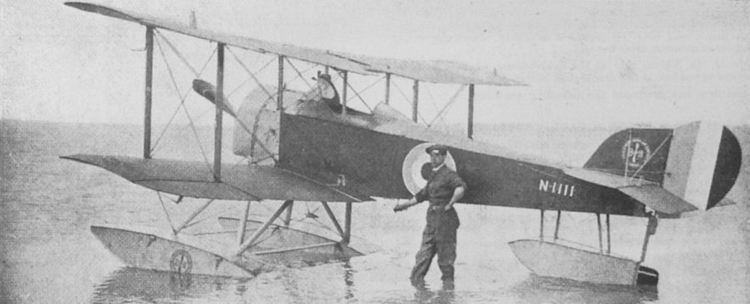Top speed 161 km/h Length 7.01 m | Wingspan 7.82 m | |
 | ||
Sopwith baby s new home
The Sopwith Baby was a British single-seat tractor seaplane used by the Royal Naval Air Service (RNAS) from 1915.
Contents
- Sopwith baby s new home
- Sopwith baby aeromodelismo uyuyuy peru
- Development and design
- Operational history
- Surviving aircraft
- Operators
- Specifications
- References

Sopwith baby aeromodelismo uyuyuy peru
Development and design

The Baby (also known as the Admiralty 8200 Type) was a development of the two-seat Sopwith Schneider. Although the Schneider had won the Schneider trophy in 1914, the RNAS did not place a formal order until January 1915. Sopwith's initial production version of the Baby differed little from the Schneider Trophy winner.

The Baby utilized a wooden structure with fabric covering. A Lewis Gun was fitted, either above the fuselage firing through the propeller arc without the benefit of synchronization, or over the top wing, firing above it. To meet the more demanding conditions of 1916–18, Further modifications were made on aircraft built by Blackburn Aircraft at Leeds, United Kingdom. A modified variant of the Baby, the Fairey Hamble Baby was built by Fairey and Parnall.

The Royal Naval Air Service ordered 286 Sopwith Babies of which 100 were built by Sopwith at Kingston and 186 by Blackburn Aircraft at Leeds with others for export. License manufacture was also undertaken in Italy by SA Aeronautica Gio Ansaldo of Turin, who built 100 examples for the Italian Aviazione della Regia Marina.
Operational history

The Baby was used as a shipborne reconnaissance and bomber aircraft operating from seaplane carriers and cruisers, as well as naval trawlers and minelayers. Many Babies were attached to RNAS coastal air stations located in England and Scotland and RNAS stations in Egypt, Greece and Italy.

A major role of the Baby was to intercept German Zeppelin raids as far from Britain as possible, along with tracking German naval movements.
Babies saw service with the United States, France, Chile, Greece and Norway. In Norway additional Babies were built as replacements, with some seeing service until 1930. Two of the 10 Sopwith Baby floatplanes that were acquired by the Royal Norwegian Navy Air Service were brought to Svalbard in the summer of 1928 to participate in the search for the lost Norwegian polar explorer Roald Amundsen, but were not used for the search.
Surviving aircraft
The original components of two Babies built by Sopwith, Nos. 8214 and 8215, have been utilized to complete a composite aircraft for display at the Fleet Air Arm Museum at RNAS Yeovilton, Somerset. The exhibit has been marked with the serial N-2078, which was a Blackburn-built aircraft, and has been named Jabberwock.
Operators
Specifications
Data from Holmes, 2005. p 44.
General characteristics
Performance
Armament
